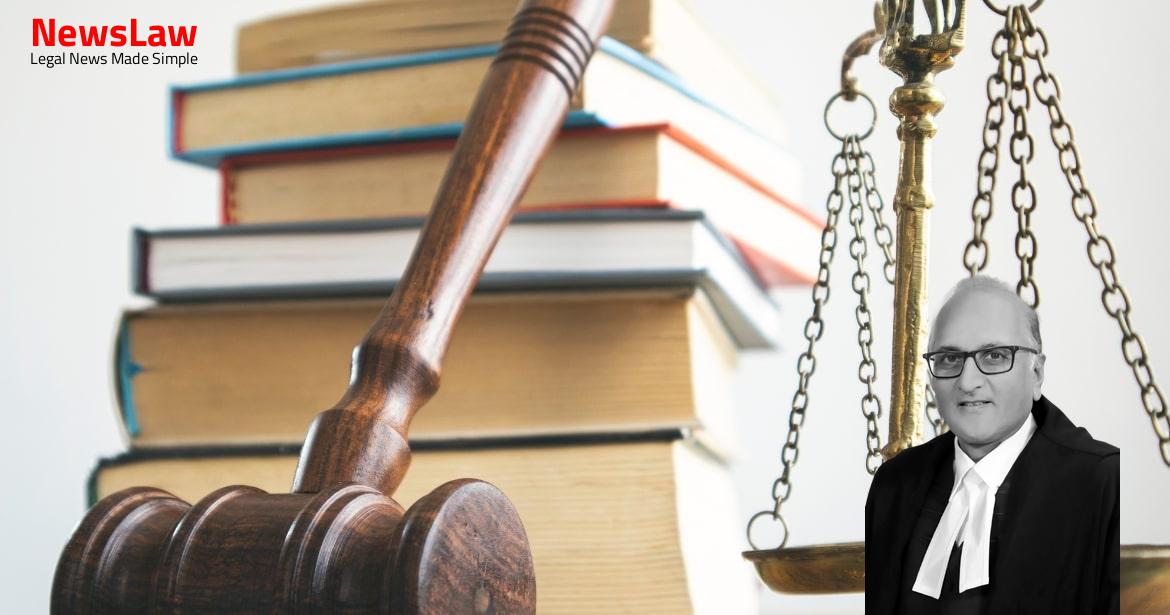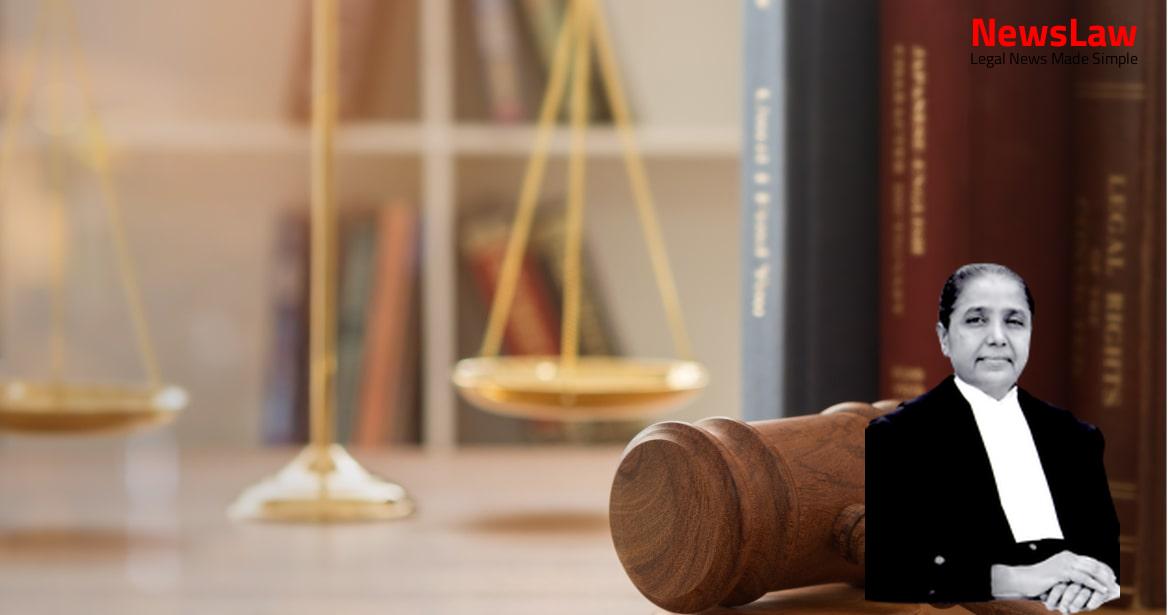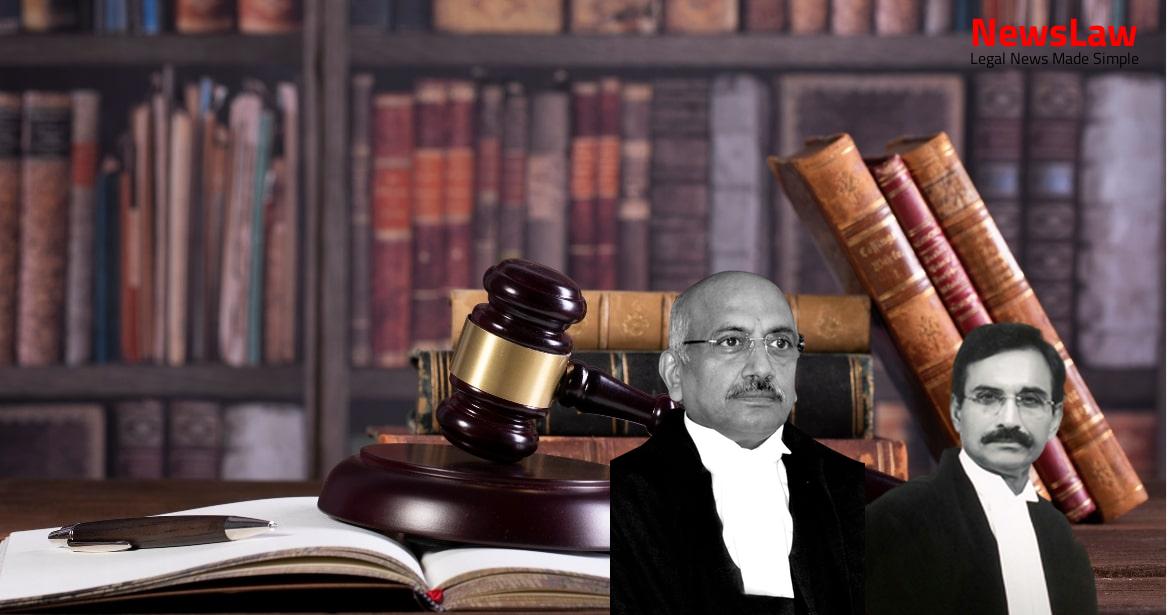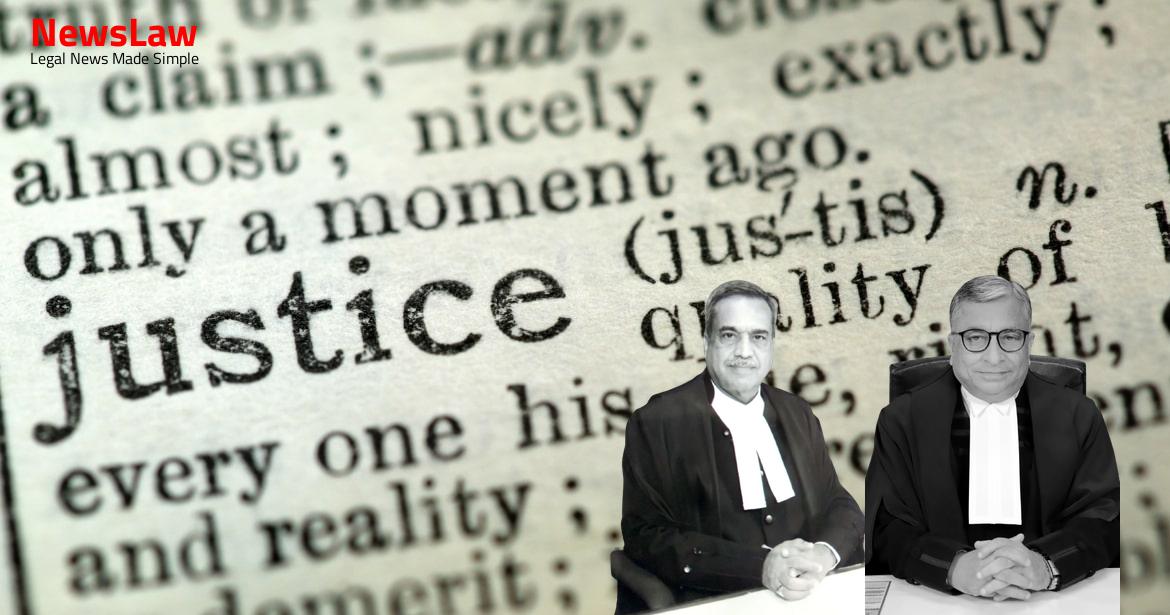In a landmark ruling, the Supreme Court of India has set a precedent for ensuring equitable treatment of creditors in corporate insolvency resolution. The judgment, which impacts the case involving ArcelorMittal and other stakeholders, highlights the importance of fairness and equality among creditors in the resolution process. This significant development will have far-reaching implications for the insolvency landscape in the country.
Facts
- ArcelorMittal resubmitted its resolution plan on 19.10.2018, which was then evaluated by the Committee of Creditors on the same date.
- NCLAT directed the Committee of Creditors to take a decision on certain suggestions on 25.10.2018.
- ArcelorMittal and Numetal were declared ineligible under Section 29-A of the Code for their initial resolution plans submitted on 12.02.2018.
- Final negotiated resolution plan of ArcelorMittal approved by the Committee of Creditors by a 92.24% majority.
- Satish Kumar Gupta was appointed as the interim resolution professional who later confirmed as resolution professional.
- NCLAT held that in a resolution plan, there should be no differentiation between financial creditors and operational creditors in terms of payment of dues, ensuring equal treatment for both.
- Proceeds payable under the approved resolution plan were redistributed by NCLAT so that all financial creditors and operational creditors receive 60.7% of their admitted claims.
- NCLAT emphasized that securities and security interest do not matter at the resolution stage for payment allocation, ensuring equal payment to all financial creditors regardless of security interest.
- Operational creditors were classified into sub-classes based on admitted amounts, and those with claims of INR 1 crore or more were directed to be paid 60.268% of their admitted claims.
- Additional claims of operational creditors were admitted, significantly increasing the total operational debt, leading to a decision by the Committee of Creditors to make an ex gratia payment of INR 1,000 crores to operational creditors with claims above INR 1 crore.
- NCLT, in a previous judgment, emphasized equity and fair play in treating operational creditors similarly to financial creditors, suggesting a distribution formula where 85% of the amount offered goes to financial creditors and the remaining 15% to operational creditors with claims above Rs.1 crore.
Also Read: Supreme Court Judgement: Determination of ‘Seat’ of Arbitration Proceedings
Arguments
- Arguments made on behalf of the Petitioners by senior advocates pertaining to various aspects of the case.
- Detailed explanations of how the amendments to the Insolvency and Bankruptcy Code of 2019 impacted the case.
- Challenges to the formation of the Core Committee/Sub-Committee and its validity under the Code.
- Contention regarding the classification of creditors, distinguishing between financial creditors and operational creditors.
- Criticisms of the NCLAT judgment regarding the authority of the Committee of Creditors and the jurisdiction of the Adjudicating Authority.
- Legal objections to modifications made by the NCLAT to the approved resolution plan.
- Arguments against the extinguishment of creditors’ rights against guarantees provided by promoters/promoter groups of the corporate debtor.
- Concerns raised regarding the distribution of amounts to creditors and the impacts of the amendments on the resolution process.
- Analysis of the reconciling the commercial wisdom of the Committee of Creditors with the legal provisions of the Code.
- References to the UNCITRAL Legislative Guide and the BLRC Report of 2015 to support legal contentions.
- Importance of insolvency resolution process is to put the corporate debtor back on its feet and give a fresh start to the resolution applicant whose plan is accepted.
- Legislature can change the basis of a judicial decision without directly interfering with the court’s judgment.
- Allowing personal guarantees of erstwhile promoters to continue would harm the successful resolution applicant.
- It is crucial to recognize separate classes of creditors for real equality among equals.
- Adjudicatory authority and appellate authority cannot apply what was decided by the Committee of Creditors in a previous case.
- Section 53 of the Code applies only during liquidation and not at the insolvency resolution stage.
- Committee of Creditors has the discretion to classify creditors as financial or operational and pay secured creditors based on their security value.
- Majority of financial creditors have the freedom to decide the feasibility and viability of resolution plans.
- Previous acts like SICA and Recovery of Debts Act failed due to delays, highlighting the importance of time-bound insolvency resolution under the Code.
- Amendments to the Code aim to maximize the value of corporate debtor assets in a timely manner.
- Application of amended laws in ongoing cases is justified as an appeal is a continuation of proceedings.
- Amendment in Section 30(4) was to address sub-classification among creditors based on security interest value.
- Amendment in Section 6 of the Amending Act 2019 ensures operational creditors and dissentient financial creditors receive a minimum payment.
- FICCI requested swift amendment to the Code to rectify flawed judgments, leading to the enactment of the Amending Act of 2019.
Also Read: Union of India v. Arbitral Award: Limitation and Condonaion of Delay
Analysis
- Resolution Professional’s power to decide on contravention of law
- Regulation 36-A requirements for prospective resolution applicants
- Importance of Resolution Professional in ensuring completeness of resolution plans
- Amendment to sections 12 and 30 of the Insolvency and Bankruptcy Code
- Jurisdiction of National Company Law Tribunal under Section 60(5)
- Recognition of creditor rights and ranking of priority claims to provide predictability to lenders and ensure consistent application of rules.
- Equitable treatment must be accorded to each creditor based on their class, whether secured or unsecured, financial or operational.
- Priority of secured creditors in their collateral should be upheld, and their interest in the collateral should not be subordinated without their consent.
- Distributions to secured creditors should be made promptly.
- The enactment of limitations with oversight functions ensuring no arbitrary decisions or excessive restrictions.
- NCLAT upheld the order passed by NCLT admitting the claim of the mentioned respondents.
- The resolution professional correctly admitted the claim at a notional value of INR 1 due to disputes regarding the claims.
- The part of the impugned judgment related to admitting the claim of the respondents deserves to be set aside.
Also Read: Jurisdictional Dispute Resolved: Supreme Court Ruling in the ONGC vs. Vendor Code Case
Decision
- The Writ Petitions are disposed of in terms of the judgment.
- Civil Appeal No 6266 of 2019 and Civil Appeal No 6269 of 2019 are partly allowed.
- The appeals filed by the Committee of Creditors of Essar Steel Limited and other Civil Appeals are allowed.
- The NCLT directed the resolution professional to register the entire claim of the said respondents in its judgment dated 08.03.2019.
- The impugned NCLAT judgment is set aside, except insofar as Civil Appeal No 6409 of 2019, Civil Appeal No 7266 of 2019, Civil Appeal No 7260 of 2019 are concerned, which are dismissed.
- The CIRP of the corporate debtor will take place as per the resolution plan of ArcelorMittal dated 23.10.2018, as amended and accepted by the Committee of Creditors on 27.03.2019.
- The resolution plan of ArcelorMittal provides for amounts to be paid to different classes of creditors by following Section 30(2) and Regulation 38 of the Code.
Case Title: COMMITTEE OF CREDITORS OF ESSAR STEEL INDIA LIMITED THROUGH AUTHORISED SIGNATORY Vs. SATISH KUMAR GUPTA
Case Number: C.A. No.-008766-008767 / 2019



